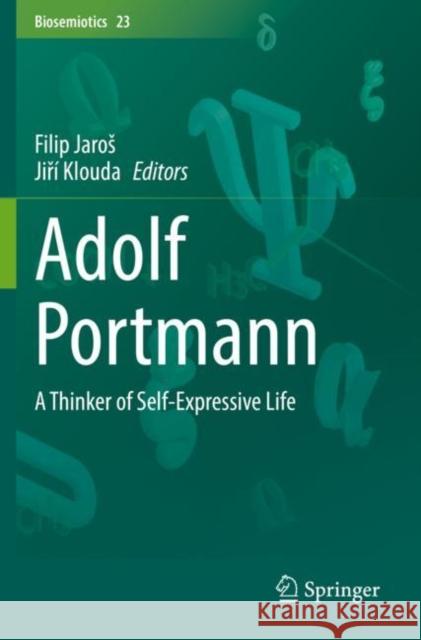Adolf Portmann: A Thinker of Self-Expressive Life » książka
Adolf Portmann: A Thinker of Self-Expressive Life
ISBN-13: 9783030678128 / Angielski / Miękka / 2022
This edited volume is the first specialized book in English about the Swiss zoologist and anthropologist Adolf Portmann (1897-1982). It provides a clarification and update of Portmann’s theoretical approach to the phenomenon of life, characterized by terms such as “inwardness” and “self-presentation.” Portmann’s concepts of secondary altriciality and the social uterus have become foundational in philosophical anthropology, providing a benchmark of the difference between humans and animals.In its content, this book brings together two approaches: historical and philosophical analysis of Portmann’s studies in the life sciences and application of Portmann’s thought in the fields of biology, anthropology, and biosemiotics. Significant attention is also paid to the methodological implications of his intended reform of biology. Besides contributions from contemporary biologists, philosophers, and historians of science, this volume also includes a translation of an original essay by Portmann and a previously unpublished manuscript from his most remarkable English-speaking interpreter, philosopher Marjorie Grene.Portmann’s conception of life is unique in its focus on the phenomenal appearance of organisms. Confronted with the enormous amount of scientific knowledge being produced today, it is even clearer than it was during Portmann’s lifetime that although biologists employ physical and chemical methods, biology itself is not (only) physics and chemistry. These exact methods must be applied according to what has meaning for living beings. If biology seeks to understand organisms as autonomous agents, it needs to take display and the interpretation of appearances as basic characteristics of life.The topic of this book is significantly relevant to the disciplines of theoretical biology, philosophy, philosophical anthropology, and biosemiotics. The recent epigenetic turn in biology, acknowledging the interconnections between organismal development, morphology and communication, presents an opportunity to revisit Portmann’s work and to reconsider and update his primary ideas in the contemporary context.











